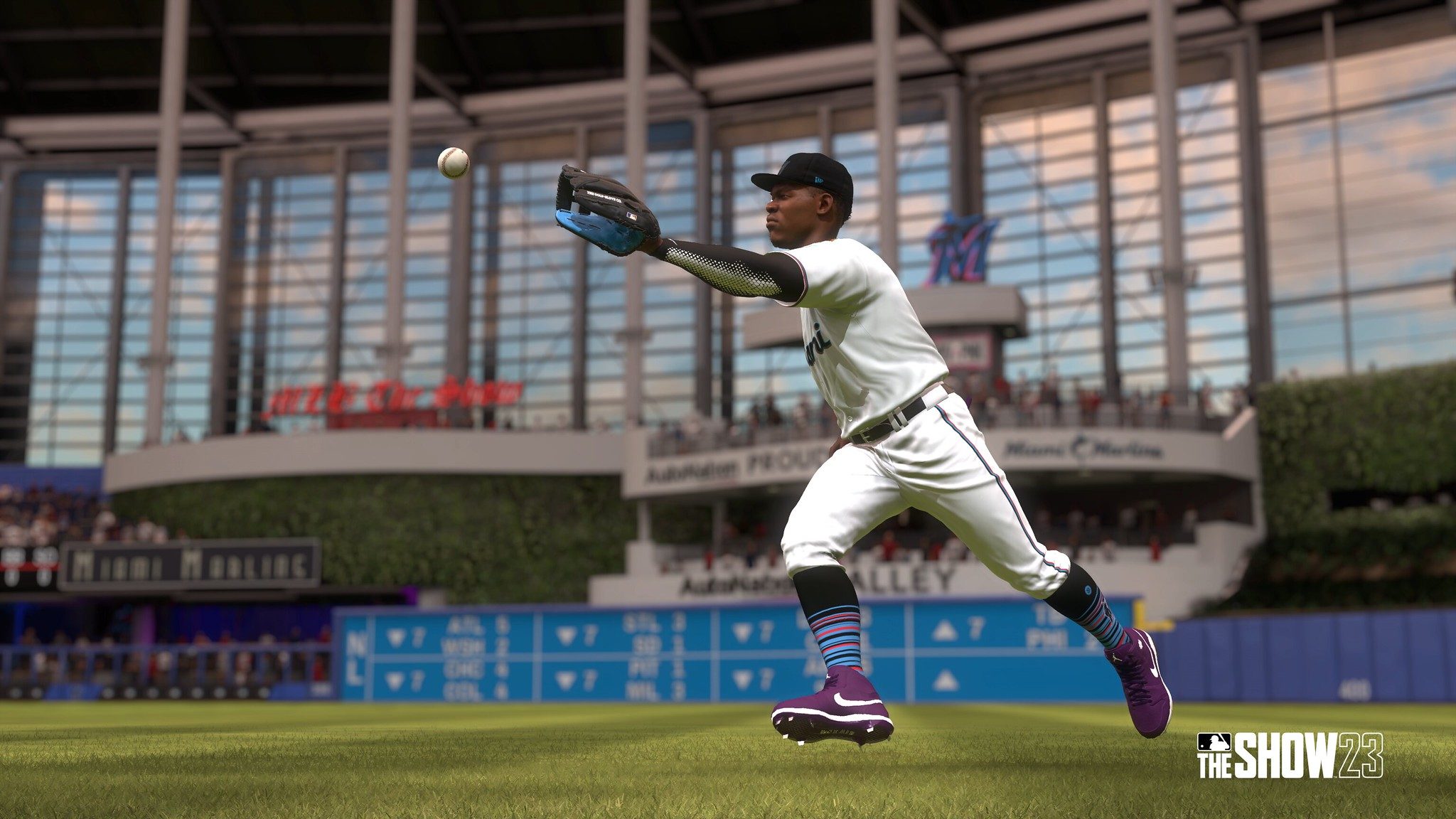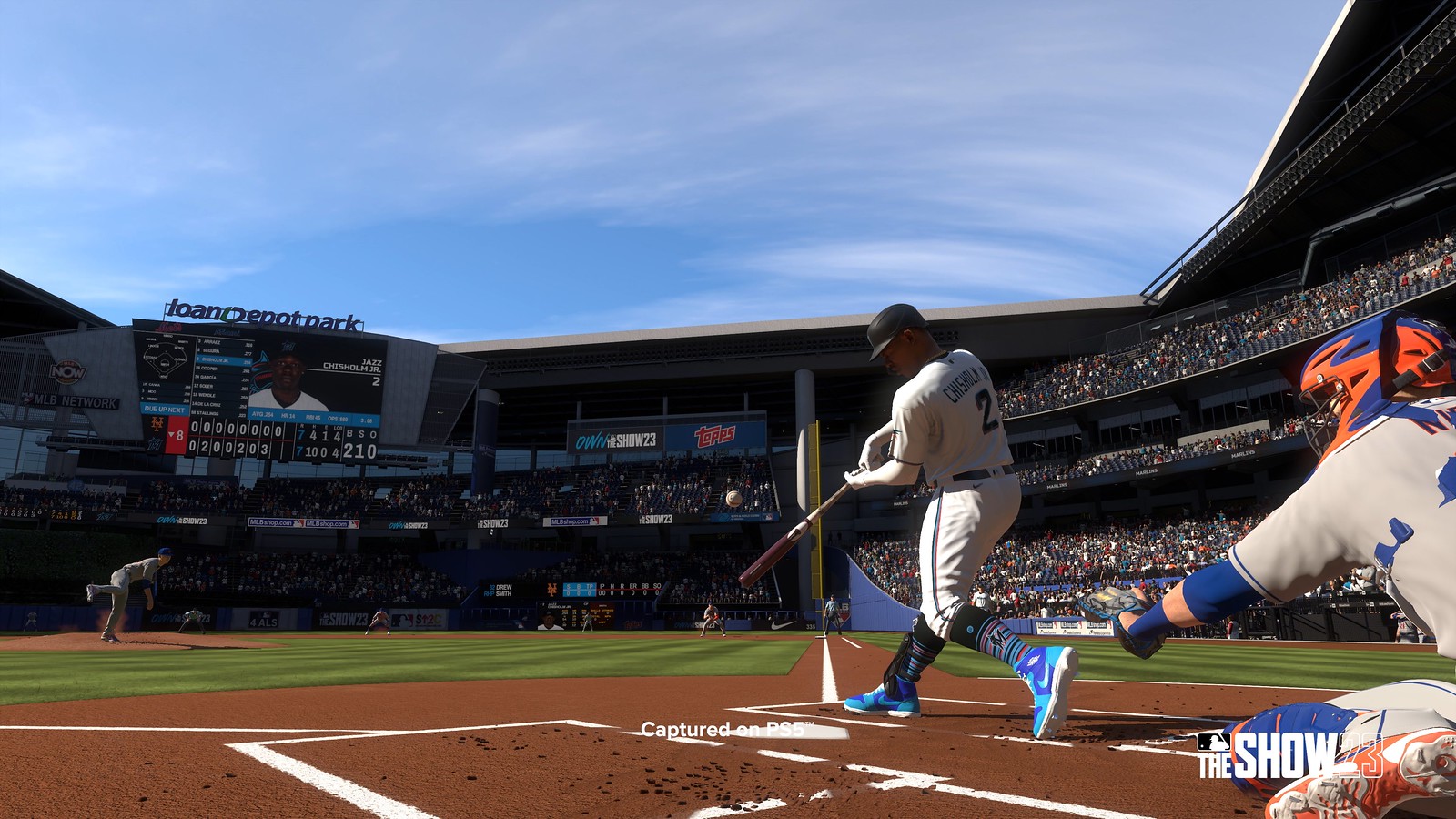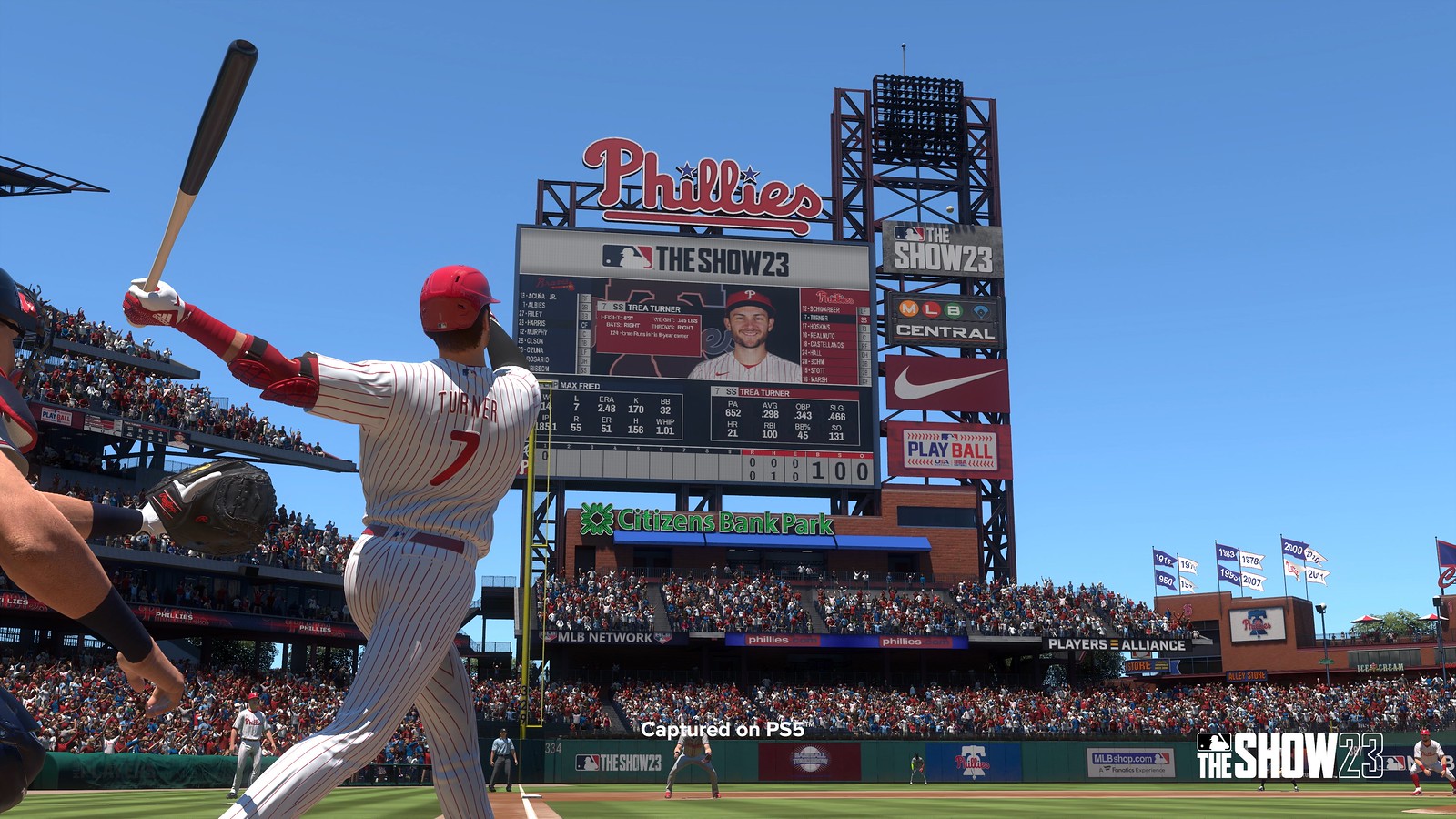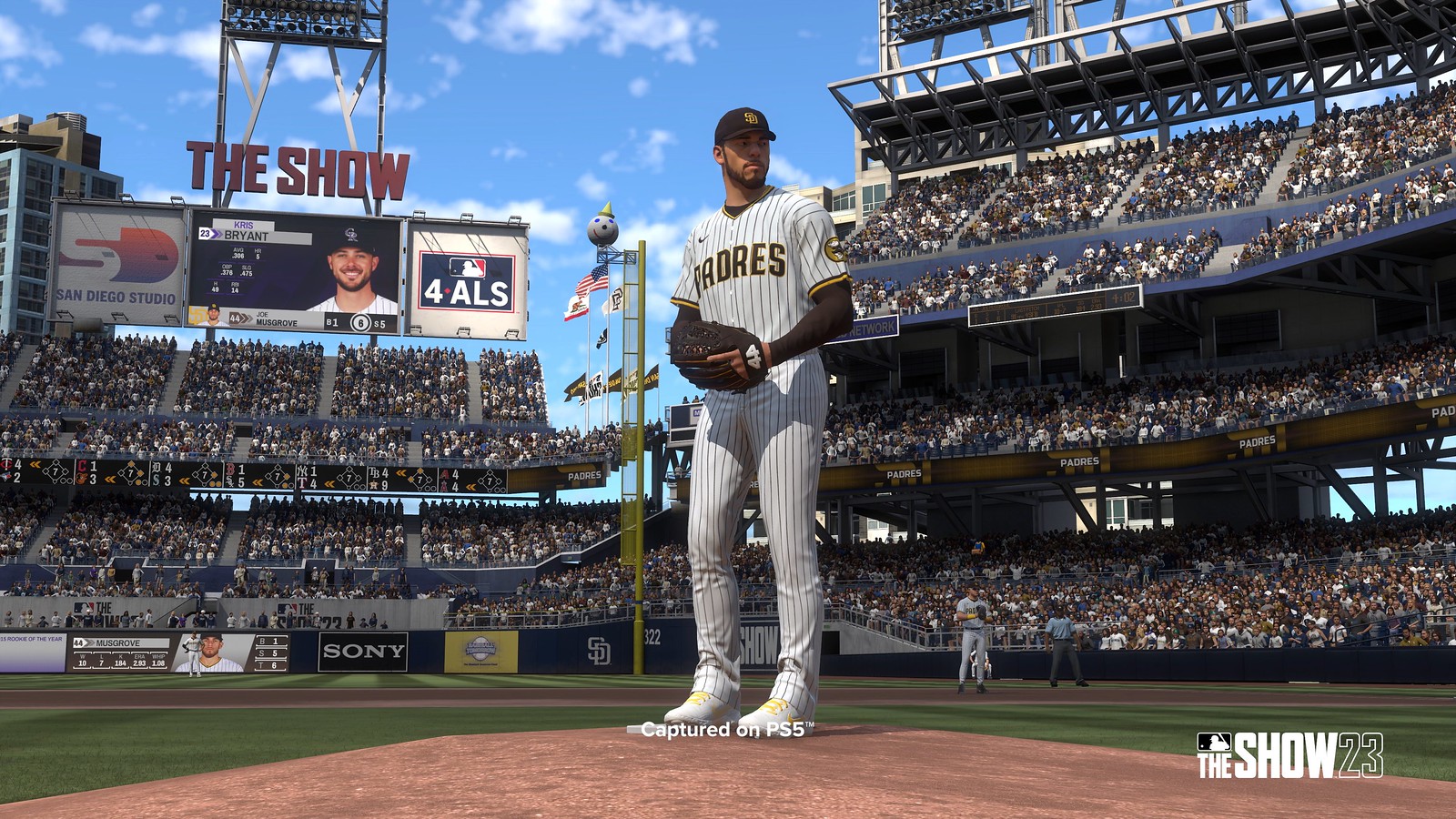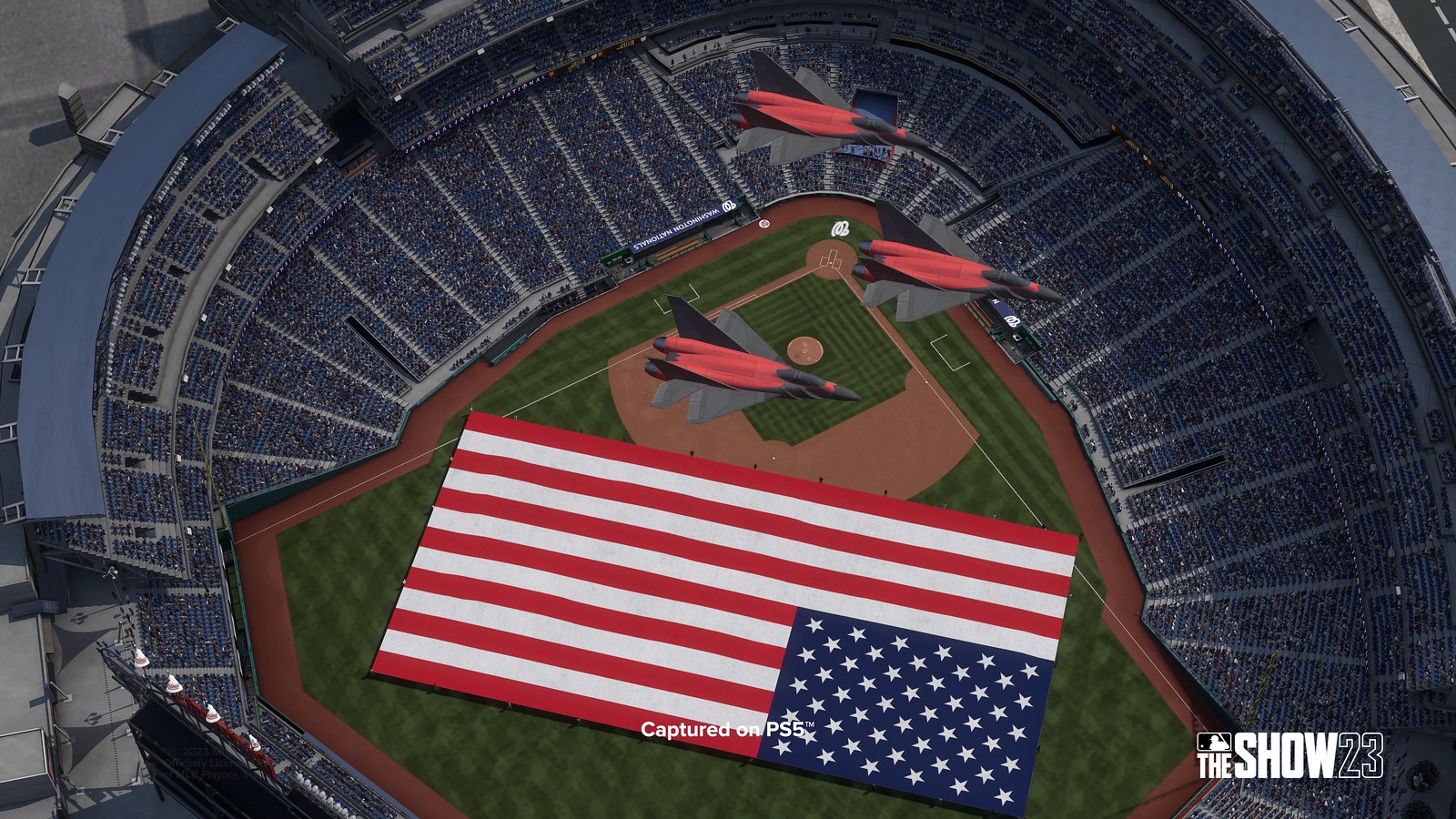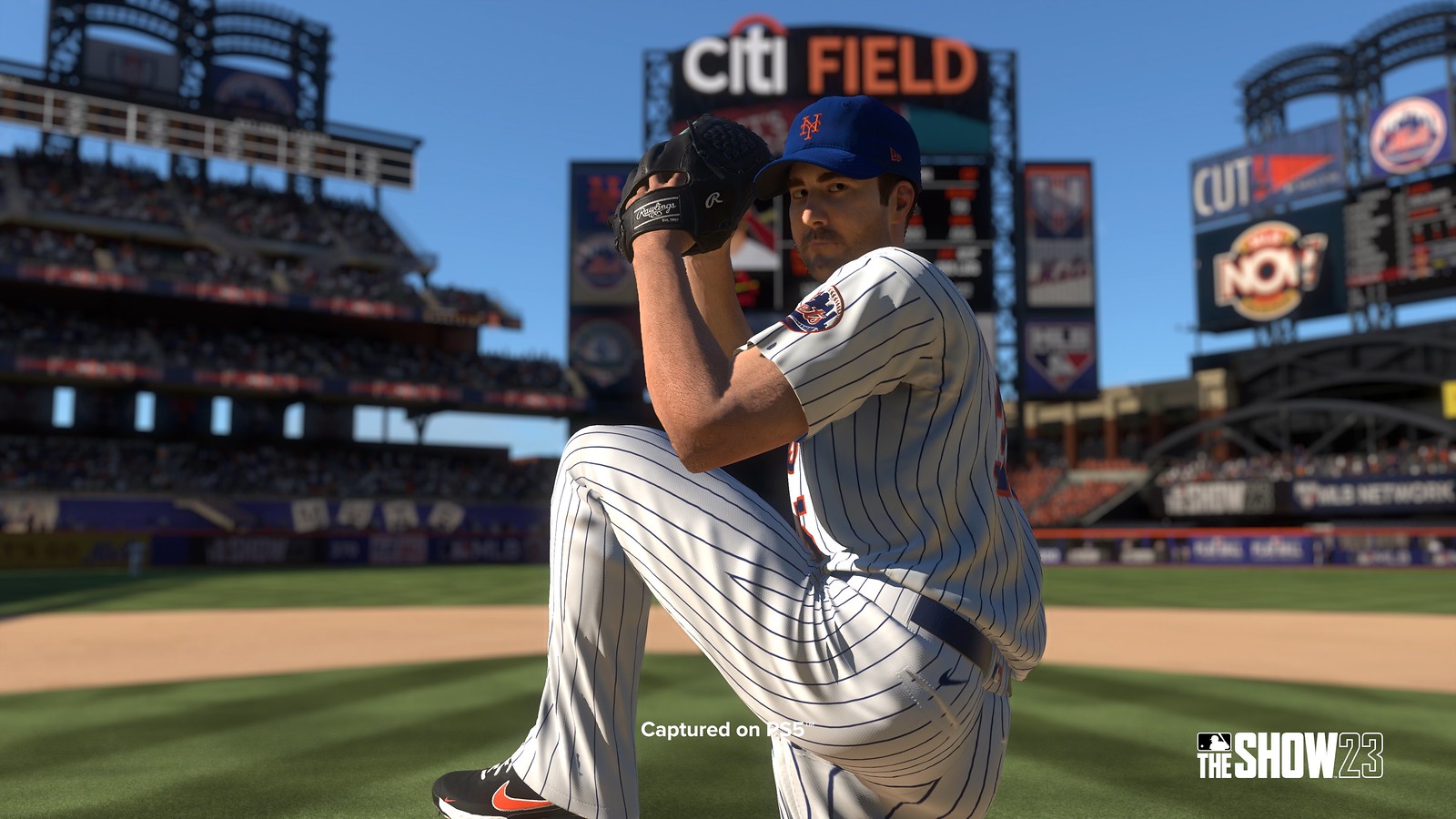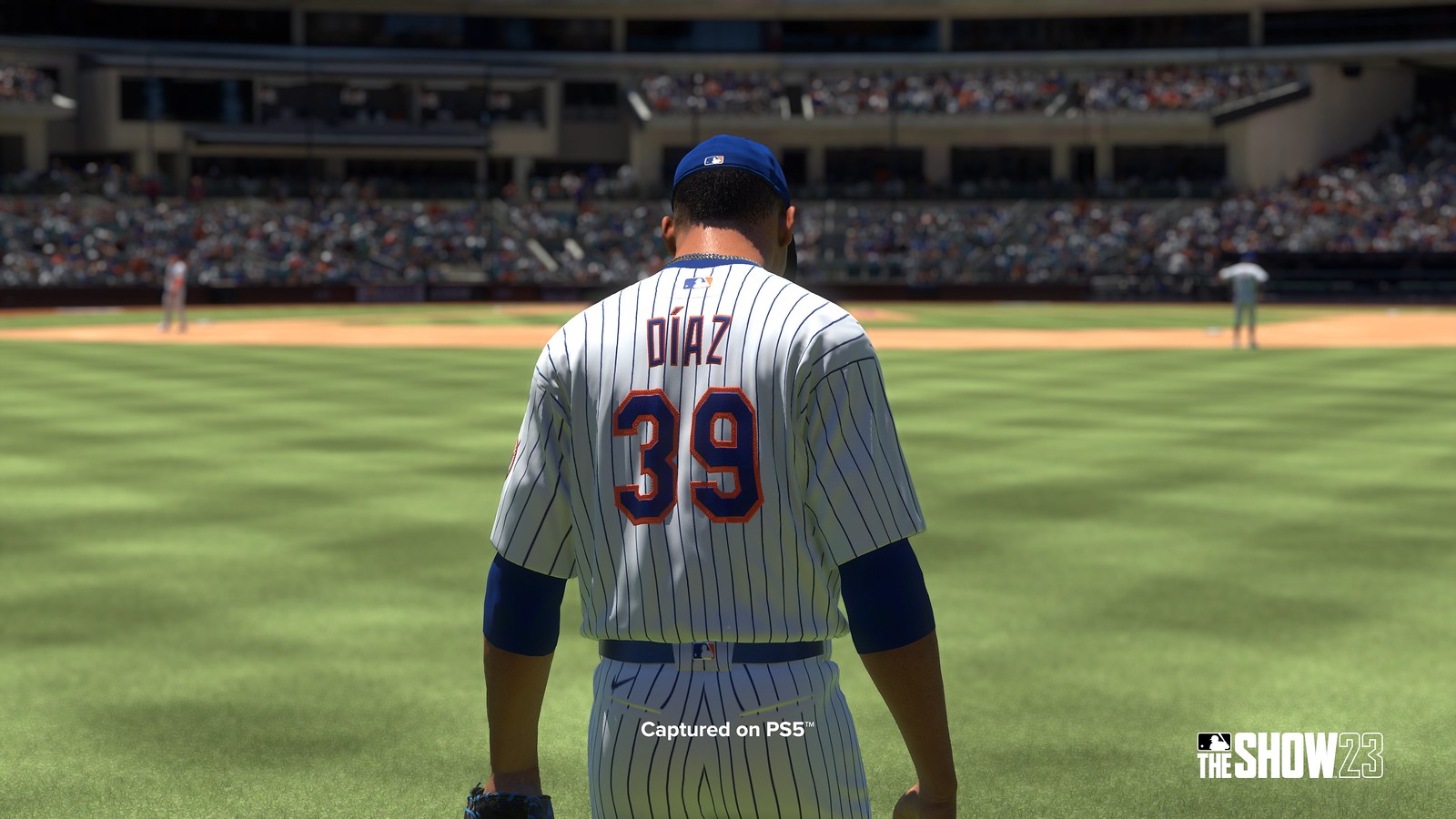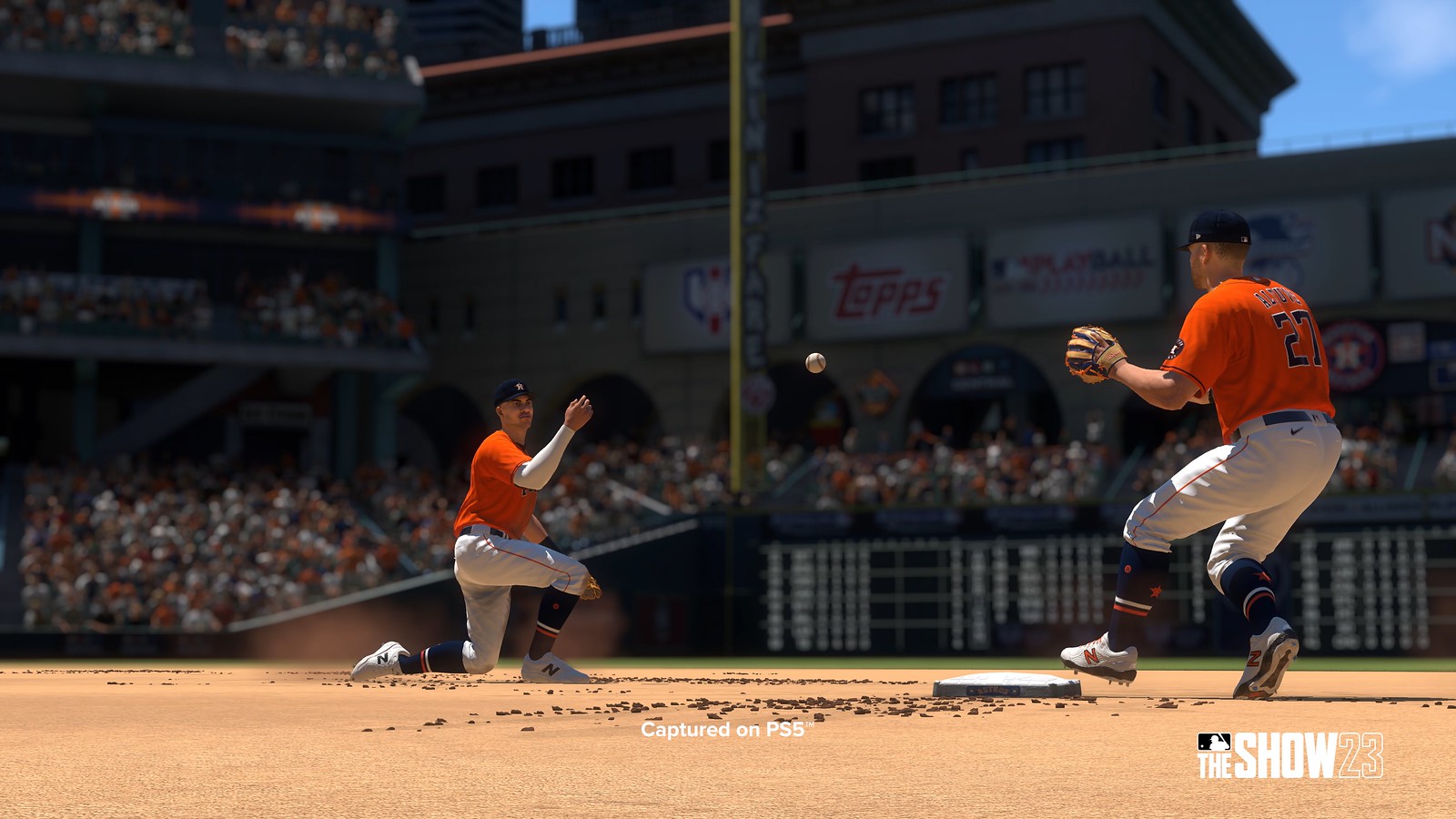MLB The Show 23 includes some serious updates and gameplay additions. Read all about them below ahead of launch on March 28.

Defense
High Fielding attributes matter more than ever. The disparity between players in games with high and low field attributes is more noticeable. Players with a lower Fielding attribute will exhibit worse start transition animations when contact is made from the start much more frequently than those with a high Fielding attribute.
When it comes to our throwing interfaces, we have a few to choose from based on player skill and level of commitment. Our more player-friendly interfaces, Buttons and Analog, rely heavily on the Arm Accuracy attribute which has been tuned to be in line with MLB stats. Step up your game with the Button Accuracy Counter where you have total control of your shots.
If you are using the Button Accuracy throwing interface, consistent with last year’s game, the green part of the meter (indicates a throw that will be accurate for the defensive player), the scales are based on the Arm Accuracy attribute. However, the functionality of the counter has changed. Universally, the speed of the meter needle is slower than in the past. This is intended, as it helps to facilitate the changes to come. In previous years of The Show, the meter was consistent, meaning the green spot was always in the middle. Repetition with this mechanic has led to ease of use for many players. Now, during hard plays in the field and long throws in the field, the green part of the meter will move dynamically. This change increases realism while adding additional skills to defense.
On forced throws to first base, players will experience a yellow portion of the meter. This section indicates the land ball region of the counter, leading to balls thrown into the ground. The frequency of play made is based on the fielding attribute of the first baseman. Visit Custom Practice to experience and perfect changes to pitch and pitch.
Two new quirks have been added/re-arranged in defense. These two quirks are Break Outlier and Pick Off Artist. A pitcher with Break Outlier loses the break at a slower rate than those without Outlier. A launcher with Pick Off Artist doubles the chances of a successful pick-off.
Offense
The pitcher-batter dynamic is better than ever with the revamped competitive game engine. And don’t worry for Casual or Simulation fans, we’ve adjusted and balanced those playstyles as well.
One of the major attribute updates for MLBTS23, we redefined the clutch attribute. With runners in scoring position, the clutch attribute directly replaces contact. This helps facilitate more realism. The battle between a batter’s Contact attribute and a pitcher’s hits per 9 innings (H/9) is directly replaced by the batter’s clutch and pitcher’s clutch with RISP.
Two new quirks have been added in attack. They are Bad Ball Hitter and Table Setter. A hitter with Bad Ball Hitter will excel at hitting pitches outside the strike zone. A batter with Table Setter excels without runners on base.
Animation
We’ve added over 5,000 game animations to MLB The Show 23. From ball flight, dives, batting stances, a variety of additional hot shots to the corners and, as always, new animations for urgency and the effectiveness of defensive players.
Styles of play
Playstyles are intended to create unique experiences for all players. Gamestyle tuning for Casual and Simulation is in progress. However, the biggest change in playstyle is to the competitive style of play.
Competitive playstyle is the default mode for all head-to-head* online games and all Diamond Dynasty* modes. Competitive Playstyle can also be accessed by visiting Game Settings and toggling the Playstyle setting under General Difficulty.
The goal of this style of play is to increase the consistency of good entries to produce good results and bad entries to produce bad results, without deviating too far from baseball strategy and basics. Players will notice more swings and misses, fewer popups and choppers, and the shots put in are slightly better to compensate for fewer puts in play.
Player clarity, in-game visual updates, and feature enhancements
Updates to in-game displays have been made. The most important focus for the visual display updates revolved around increasing clarity among the player base.
Swing Feedback
Swing Return is an artwork that appears in the lower left corner of the screen after a swing attempt. This feedback displays batsman attributes, pitch location, pitch type, swing timing, and plate coverage indicator placement. It is intended to help describe the outcome of the move. Although it is difficult to achieve perfection through this art, advancements have been made to increase the precision and accuracy of the art. Previous versions of MLBTS Swing Feedback displayed Swing Ins on the left and Swing Outs on the right. Now the backswing is a story that can be read from left to right, top to bottom.
In-game directional button functionality
To the left of the directional buttons, live and up-to-date Statcast numbers are now displayed. Directional buttons now display important matchups between pitcher and batter, attempting to present all factors that impact the batter. This includes dynamically swapping vitals and all active quirks. The directional buttons remain relatively consistent with previous years of MLBTS, with slight feature updates, including the ability to bring a pitcher that is warmed up without needing to return to the bullpen.
Settings Updates
Terminology, organization, and descriptions of settings have been updated to better inform players of what each in-game setting does. in defence. These new settings are found under Display and are intended to allow more control over the information presented on screen before a pitch is launched. These two parameters are the pitch select displays and the drum control display.
Additional Visual Updates
The runner windows displayed at the top right for a runner on first base and the top left for a runner on third base no longer appear. This camera can now be seen in the top right diamond during pre-launch. The logic is tied to the runner displayed in the camera, leading to the display of the most viable runner based on currently occupied bases. Now that space has been created in the upper left corner of the screen, important information can be displayed here, such as Road to The Show base win increases or decreases, time trackers, and stakes. dynamic difficulty update.
Custom Practice Updates
We have added important features to Custom Practice. It now has some important additions. As they strike, players can now fine tune specific throw locations around the strike zone. This tool is very useful for improving your eye and improving specific problem areas. In previous years, players could only enable or disable specific slots. This feature has been expanded, allowing players to choose the frequency of throws via a slider mechanism.
Attribute Descriptions
MLB The Show has a lot of attributes, and if you’re new to the franchise, you might not know what they all mean. Be sure to check out the Strategy Handbook/Guide located in the game’s pause menu. Attribute descriptions can now also be found in the Diamond Dynasty* Handbook. These descriptions provide relevant information on how each attribute works and interacts with gameplay. The goal here is to ensure that all players have the information they need to make the best possible decision when building a team or making an important in-game management decision.
To access these descriptions, players can navigate to Diamond Dynasty* > Home > Rankings, Stats & History > Manual > Attribute Descriptions.
Passive Quirk Changes
We’ve removed passive quirks from MLB The Show 23. Simplifying the quirk system seems like the best approach here, as there was general confusion about what active quirks did versus passive quirks. Universally, we hope this change brings more clarity since only quirks that impact gameplay are displayed.
Updated Options Explorer
Explorer audio and art options have been updated. This is a great place for players to learn the mechanics offered in MLB The Show. The general rule for game mechanics is that the more control a player has over the mechanism, the less the CPU has the ability to influence gameplay.
MLB Rule Changes
Changes to far-left and far-right shifts are now implemented in MLB The Show 23. These changes set a good baseline, but will need to be adjusted based on the actual strategy seen throughout the game. MLB season.
H2H online/co-op*
Online stability improvements are continually being worked on to provide the best possible experience.
For those cooperative players*, Play Now Co-Op* now offers the ability to toggle rotation patterns before loading into the game. Rather than being locked into rotational roles per round in defense and rotation per batsman in offense , teams can now choose additional rotation patterns.
MLB The Show 23 gameplay feature premieres
You can watch the deep dive into all the on-demand gameplay changes and additions at your convenience at Tic And Youtube .
MLB The Show 23 Technical Test Information
The technical test is online until February 21, Gamers 18 or older in the United States and Canada with an internet-connected console PlayStation 5, PlayStation 4, Xbox Series X|S, Xbox One, or Nintendo Switch** can participate in the MLB The Show 23 Technical Test.
We want to deliver the best possible version of MLB The Show 23 and to do this we need everyone’s help in testing servers, online matchmaking, cross-platform play, online co-op, etc., in addition to collecting gameplay feedback.
The best news? No need to register, it’s open to all eligible people. **Download for free from PlayStation Store, Microsoft Store or Nintendo eShop starting February 15.
“For more detailed information on MLB The Show 23, you can read the FAQ here.”
*Online features require internet connection and console-specific online multiplayer subscription.
Table of Contents

